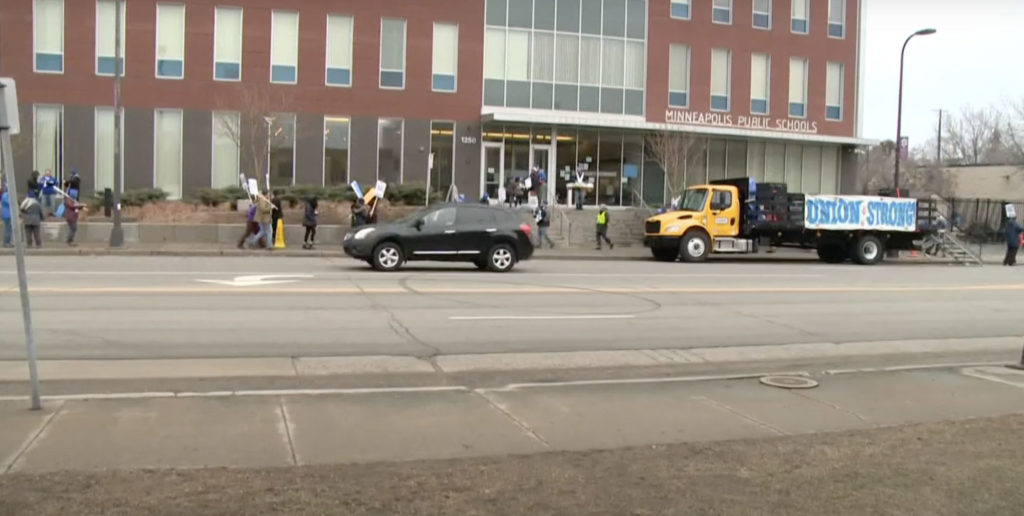Minneapolis school district set to exhaust financial reserves, faces $84M deficit in 2025
A new financial projection anticipates Minneapolis Public Schools will exhaust the remainder of its budgetary reserves and enter a multimillion-dollar deficit in the upcoming 2025-26 school…

A new financial projection anticipates Minneapolis Public Schools will exhaust the remainder of its budgetary reserves and enter a multimillion-dollar deficit in the upcoming 2025-26 school year.
According to the latest five-year projection presented at the school board’s finance committee meeting last week, the district projects an $84 million deficit in 2025 and deficits of over $100 million in the years to come.
The district’s financial distress has been driven in part by decreased enrollment as students leave for better alternatives. Minnesota law permits students to choose the public school they will attend, with school funding allocation being heavily based on enrollment numbers.
At the same time, the district reported an estimated 3,700 new students enrolled in the district, most of whom consider Spanish their native language, requiring more investment in programs for English language learning.
Despite widespread concern about future lack of funding, however, the district reportedly plans to spend $17 million more this school year than it receives in state aid to fulfill the requirement to support students learning English as an additional language. Additionally, the district continues to prioritize “equity-based investments” in the budget, including an “Anti-Racist, Anti-Bias” mentorship program and implementing an “Equity and School Climate” framework.
Outrage among parents across the state has festered as more districts speak up about their financial woes. Even after receiving a $2.3 billion increase in state funding from the Minnesota Legislature in 2023, districts are struggling to keep up with burdensome mandates ranging from free lunches for all students to providing menstrual products in bathrooms.
“One of the more challenging issues facing our district is a continued shortfall in funding to meet the current and future needs of our students,” wrote Law in a September letter. “The increases provided by the State of Minnesota do not keep pace with the costs required to provide the outstanding educational experiences that we want for our students and that families have come to expect from our district.”
Law also wrote in another letter concerning “Dozens of metro school districts and districts across the state that are in the same spot that we’re in. All of us are in the same financial straits. If we’re not there this year, they’ll be there next year.”
In response to impending budgetary cuts, teachers’ union and leaders in various districts are desperately seeking new streams of funding, including pressuring Minnesotans to approve an increase to property taxes that would direct more taxpayer dollars to public schools.
Some Minnesota education stakeholders are also calling on Congress to renew recently-expired COVID federal relief dollars. According to Bill Walsh, communications director with Minnesota think tank the Center of the American Experiment, this funding was “never sold as something that was going to last forever.”
“No one should be writing budgets based on that income in the future. It was always going to be one-time,” Walsh said. “Sure, use it to plug gaps, use it to get through a tough year, but it’s not going to solve long-term problems and it’s very irresponsible to do any kind of budgeting in that way at all.”



